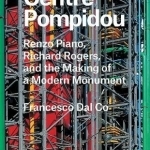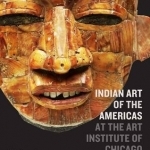
Centre Pompidou: Renzo Piano, Richard Rogers, and the Making of a Modern Monument
Book
A lively intellectual biography of one of the 20th century's most iconic buildings The Centre...
Discovering Architecture: How the World's Great Buildings Were Designed and Built
Book
This exceptionally produced art book with die-cut windows, overlays, and blueprints identifies,...

Yona Friedman: The Dilution of Architecture
Yona Friedman and Manuel Orazi
Book
Yona Friedman is recognised as one of the most eminent proponents of 1960s avant-garde urbanism. His...

Art, Research, Philosophy
Book
Art, Research, Philosophy explores the emergent field of artistic research: art produced as a...

Complete Price Guide to Watches 2016
Richard E. Gilbert, Tom Engle and Cooksey Shugart
Book
The most reliable and convenient guide to watches available, the Complete Price Guide to Watches is...
Delirious: Art at the Limits of Reason, 1950-1980
Kelly Baum, Lucy Bradnock and Tina Rivers Ryan
Book
Addressing the maniacal, eccentric, and disorienting in artworks made between 1950 and 1980,...
Eyes of the Ancestors: The Arts of Island Southeast Asia at the Dallas Museum of Art
Reimar Schefold and Steven G. Alpert
Book
Lavish photography and groundbreaking new texts unlock the magic of the island cultures of...

History Becomes Form: Moscow Conceptualism
Book
In the 1970s and 1980s, a group of "unofficial" artists in Moscow -- artists not recognized by the...

Indian Art of the Americas at the Art Institute of Chicago
Richard F. Townsend and Elizabeth Pope
Book
A stunning survey of the indigenous art, architecture, and spiritual beliefs of the Americas, from...
Looking at Photographs: 100 Pictures from the Collection of the Museum of Modern Art
Book
'This is a picture book, and its first purpose is to provide the material for simple delectation',...
